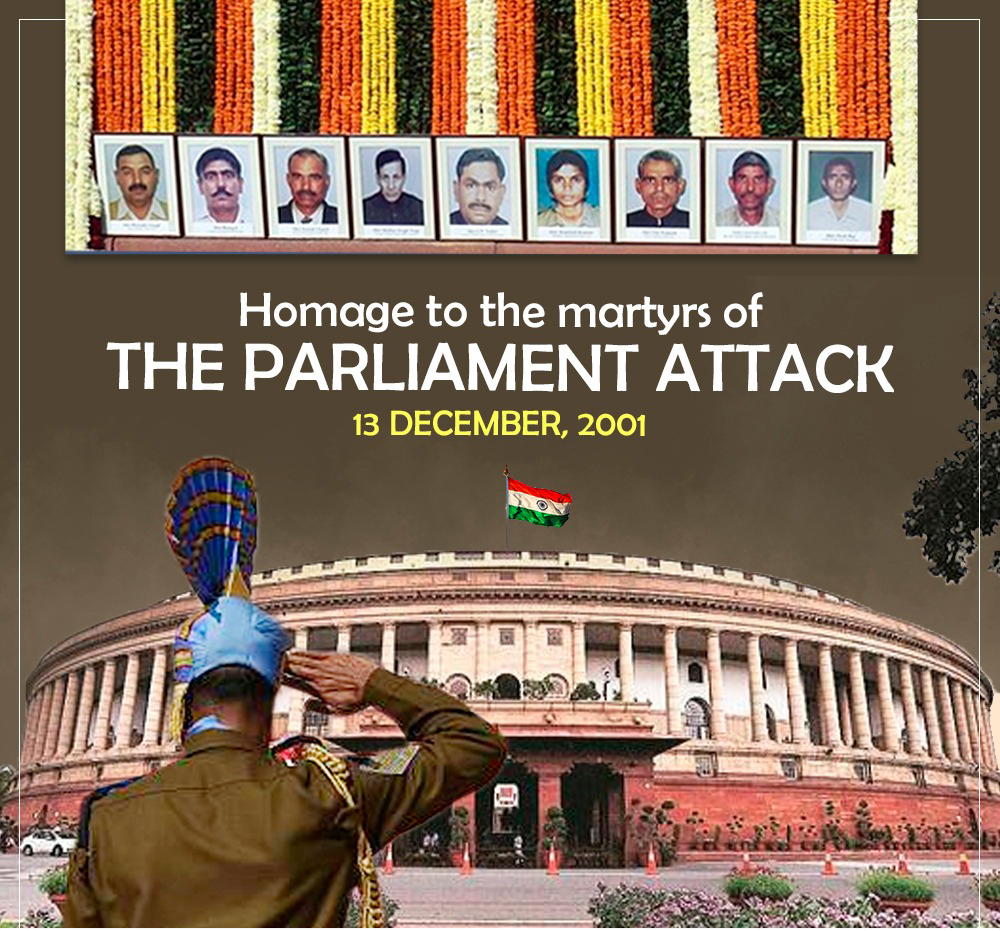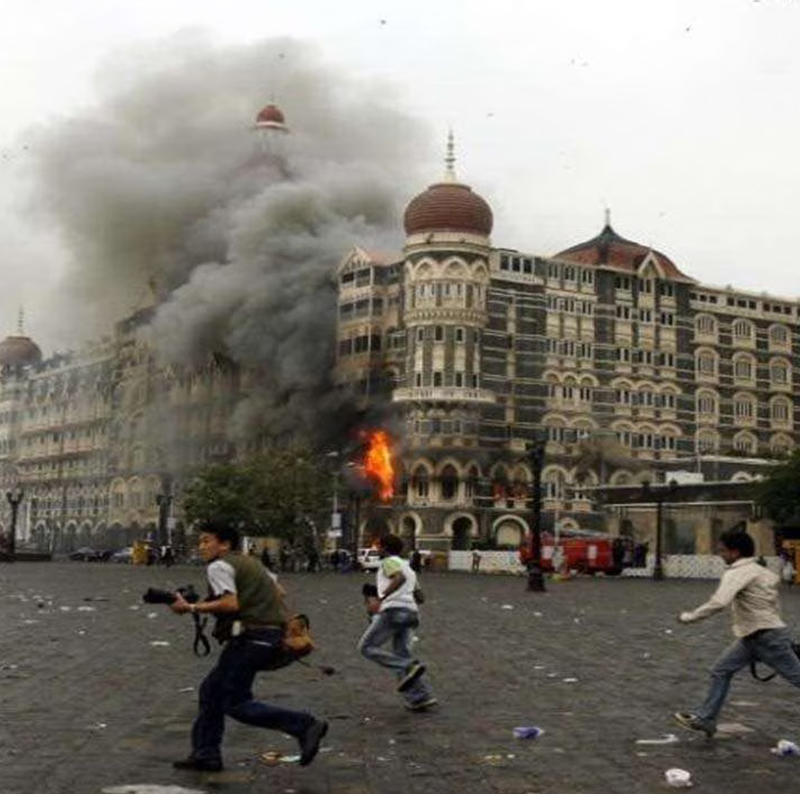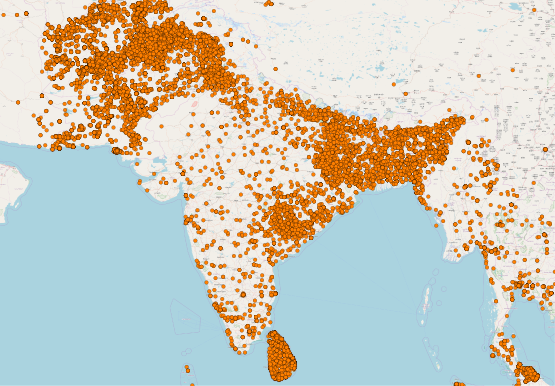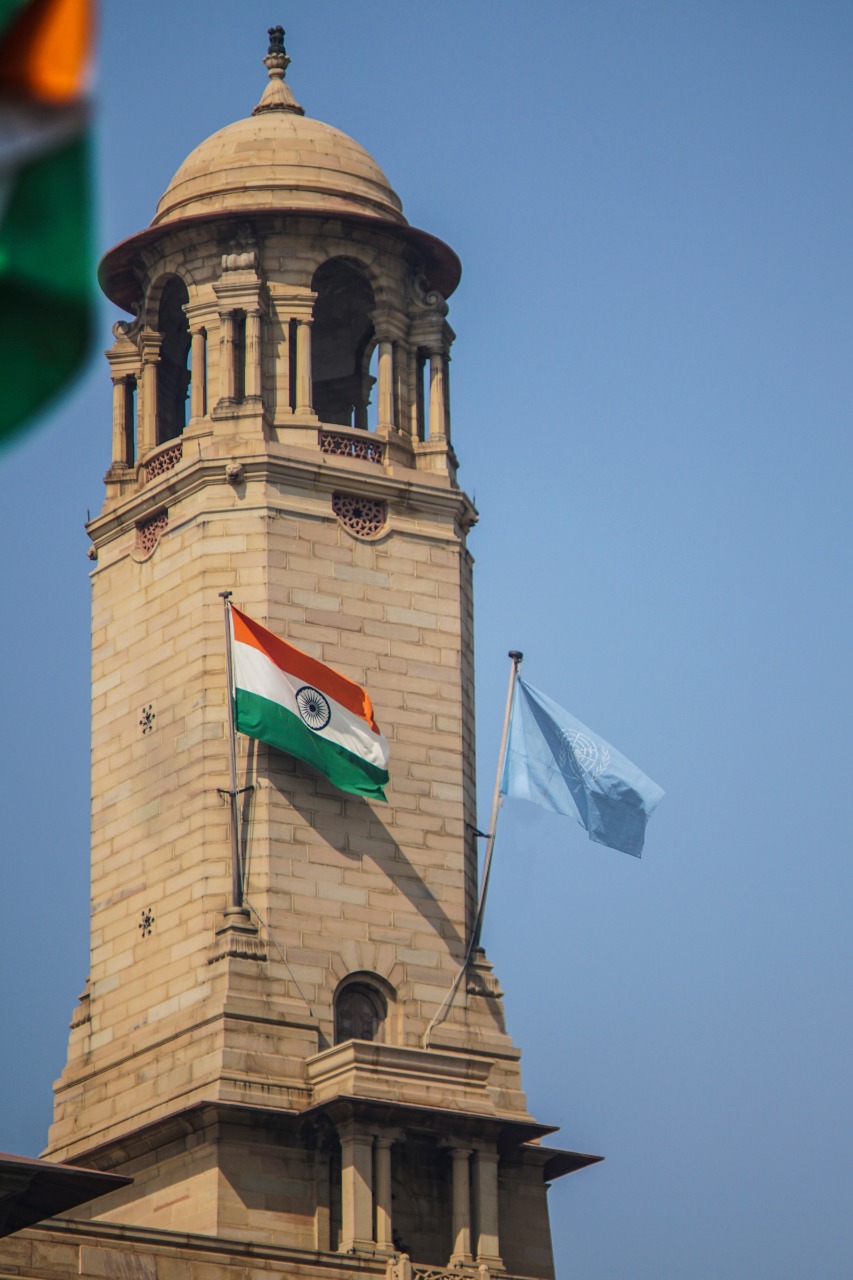
Terrorism in India, according to the Home Ministry, poses a significant threat to the people of India. Compared to other countries, India faces a wide range of terror groups. Terrorism found in India includes Islamic terrorism, ultranationalist terrorism, and left-wing terrorism India is one of the countries most impacted by terrorism.

A common definition of terrorism is the systematic use or threatened use of violence to intimidate a population or government for political, religious, or ideological goals.
In 2022, India ranked 13th on the Global Terrorism Index. India continues to face a number of terror attacks from Islamic groups in Kashmir, Sikh separatists in Punjab, and secessionist groups in Assam. The regions with long term terrorist activities have been Jammu and Kashmir, east-central and south-central India (Naxalism) and the Seven Sister States. In August 2008, National Security Advisor M K Narayanan has said that there are as many as 800 terrorist cells operating in the country. As of 2013, 205 of the country’s 608 districts were affected by terrorist activity. Terror attacks caused 231 civilian deaths in 2012 in India, compared to 11,098 terror-caused deaths worldwide, according to the State Department of the United States; or about 2% of global terror fatalities while it accounts for 17.5% of global population.
Reports have alleged and implicated terrorism in India to be sponsored by Pakistan. In July 2016, the Government of India released data on a string of terror strikes in India since 2005 that claimed 707 lives and left over 3,200 injured.
India subdivides terrorism in four major groups:
Click here to access more info and explore further.

